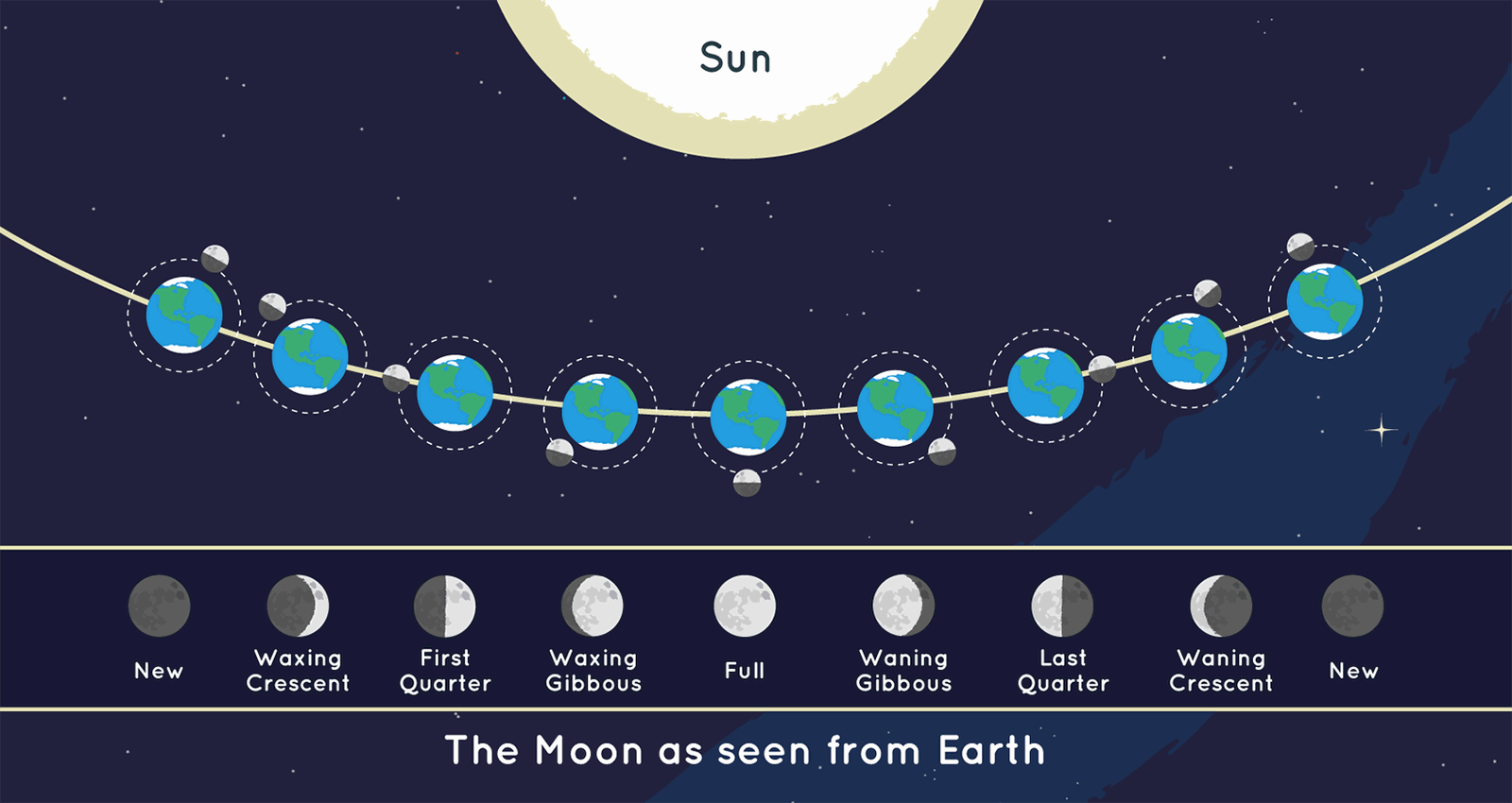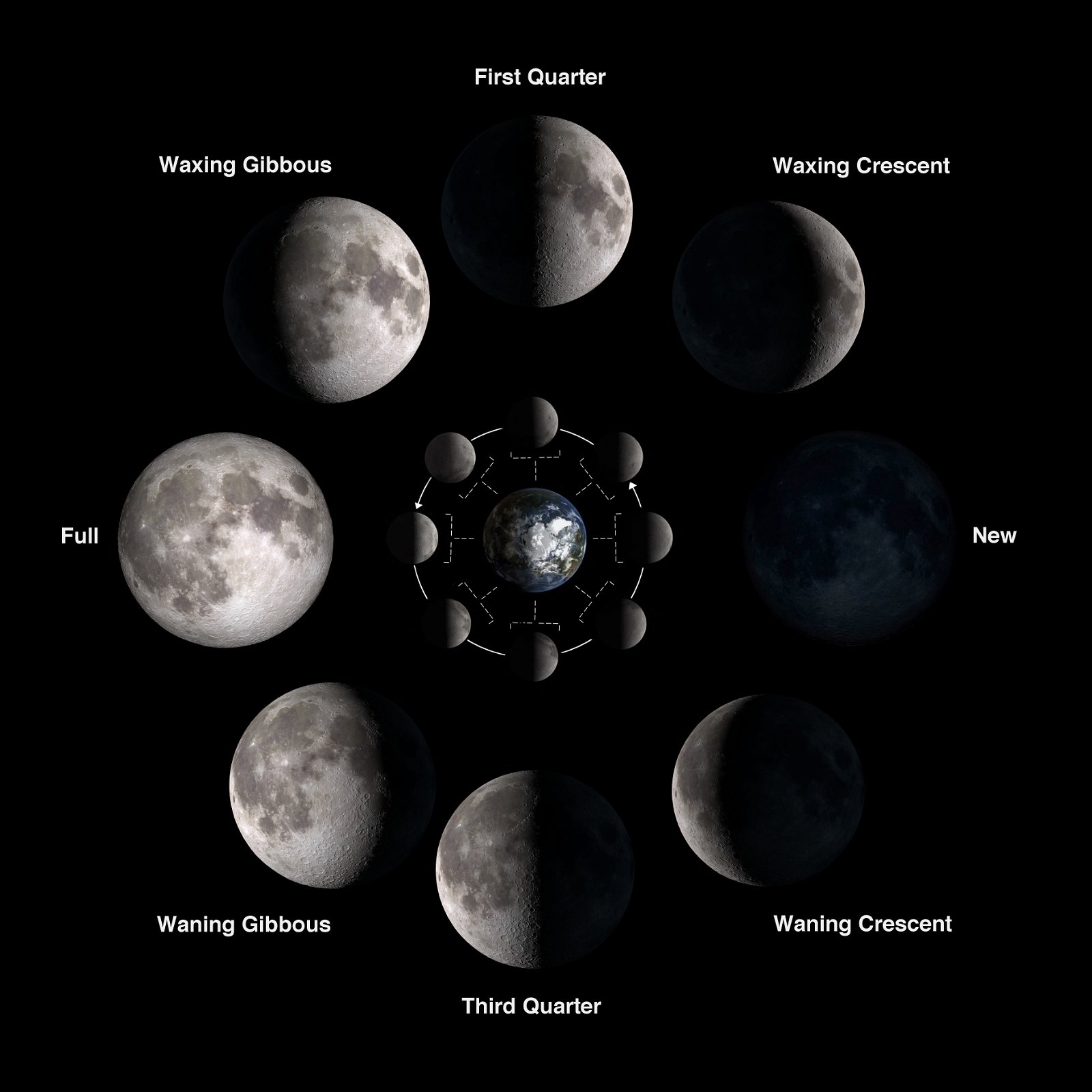Why Do I See the Sun and the Moon in the Sky at the Same Time?
Ask a Rocket Scientist
by Rob Webb on December 29, 2022Name: Liam
Grade: 3
What is your favorite planet or star? Mars
Question: My grandma says that when she was my age, seeing the sun and the moon in the sky at the same time was rare and only happened in the evening. Why do I see the sun and the moon almost every day in the sky at the same time? What does the Bible say about it?
Thanks for your great question, Liam! I also think Mars is a really cool planet! During my early rocket science days, one of the fun NASA missions that I used to work on was called MAVEN. In fact, since arriving at Mars in September 2014, the MAVEN spacecraft is amazingly still operating and collecting science today! The main goal of this mission is to study the upper atmosphere of Mars and how it interacts with the solar wind (stream of charged particles) from the sun. The collected data over the last decade has led to some awesome discoveries,1 helping us better understand how God made the atmosphere around Mars. This type of research is great observational/operational science!

Artist’s illustration of MAVEN spacecraft over Mars
Public Domain via NASA
Now to your question, reworded another way, why do we sometimes see the moon during the daytime? To properly answer this question, we first need to go over the eight (8) phases of the moon. Check out the following graphic:

Graphic (not to scale) showing the position of the earth, moon, and sun during each of the moon’s phases, as it appears from the earth
Public Domain via NASA
I’m sure you’ve noticed that as you watch the moon over a given month, it gradually changes “shape”2 from a crescent shape to a full circle, then back to a crescent shape again. But you should also notice that the moon’s position (rise/set times) in the night sky changes too. Simply put, the time that the moon rises/sets, along with the shape of the moon, changes throughout the month. In fact, the moon actually rises about 50 minutes later each day compared to the day before, moving closer to the sun in the sky after each day.

Image showing the eight (8) phases of the moon
Public Domain via NASA
This explains why we can see the moon and sun in the sky at the same time! As the moon orbits the earth every month, the moon can be in between the earth and the sun at times,3 with its light side facing the sun and its dark side facing the earth. And that’s why when the moon is close to the sun in the sky, it appears almost completely “dark” to us (yet still slightly visible4). This phase is called a new moon (when the moon rises/sets with the sun). On the flip side, the only phase when the moon is in the sky all night is during a full moon (when the moon rises/sets opposite the sun).
It truly is amazing to think about God’s design of the sun and the moon with respect to the earth. It always reminds me of God’s awesome handiwork (Psalm 19:1–2) and his purposes for creating the sun and the moon—for our good and for his glory.
And God said, “Let there be lights in the expanse of the heavens to separate the day from the night. And let them be for signs and for seasons, and for days and years, and let them be lights in the expanse of the heavens to give light upon the earth.” And it was so. And God made the two great lights—the greater light to rule the day and the lesser light to rule the night—and the stars. And God set them in the expanse of the heavens to give light on the earth, to rule over the day and over the night, and to separate the light from the darkness. And God saw that it was good. And there was evening and there was morning, the fourth day. (Genesis 1:14–19)
Ask Your Question
Ask a parent to help you submit your space-related question to Rob Webb today! Don't forget to check back next week to see if your question was chosen!
Footnotes
- With a parent’s help, you can learn more about some of the major discoveries from the MAVEN mission here (just watch out for evolutionary storytelling!): https://www.nasa.gov/feature/goddard/2017/maven-1000-days See all footnotes
- The moon doesn’t actually change its physical shape during the month (it’s always a consistent sphere). Rather, the light from the sun bounces off the moon’s surface at different angles, causing different-sized “shadows” to appear on the moon during each phase. Also (fun fact!) the time it takes for the moon to rotate on its axis (like a spinning top) matches the time it takes the moon to orbit the earth, which is why we always see the same side of the moon! See all footnotes
- Because of the inclination angle of the moon’s orbit, the moon usually doesn’t pass directly between the earth and the sun (causing an eclipse event). See all footnotes
- It’s not completely dark thanks to the sunshine that bounces off the earth’s surface onto the moon (this is called “earthshine”). See all footnotes
- © 2025 Answers in Genesis
- Privacy Policy
- Contact
- About
